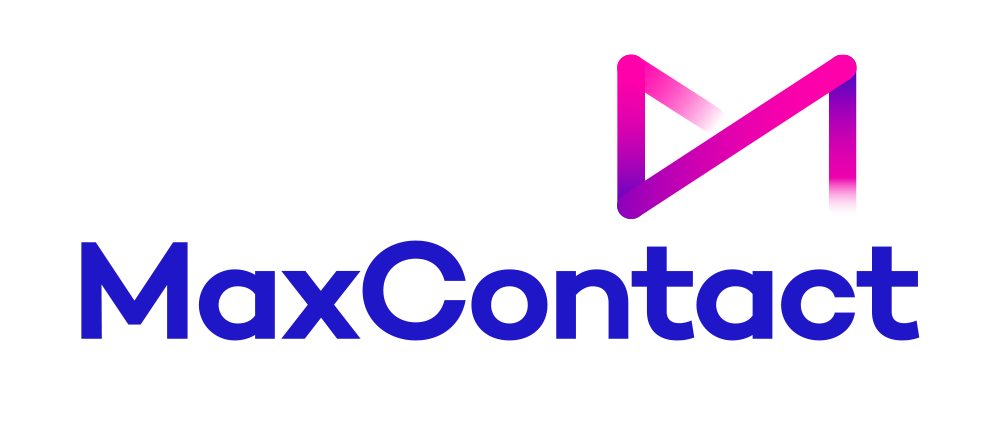What is Unified Communications (UC)?
Unified Communications (UC) refers to the integration of various communication tools (such as voice calls, video conferencing, instant messaging, and email) into a single platform.
It allows businesses to streamline communication, improve team collaboration, and boost overall efficiency.
Let’s explore this further. Read on to learn more about unified communications, the benefits, and the three key components of UC.
How Does Unified Communications Work?
UC works by combining multiple communication methods into one single system (usually cloud-based). Employees can access this one system across various devices, such desktops, laptops, smartphones, and tablets.
This means users can switch easily between voice, video, chat and email, while keeping conversations and data connected in the same place. UC reduced the need to toggle from platform to platform, improving the user experience for both internal teams and external clients.
What is UC Used for in Business?
Unified communications are used to integrate a range of communication methods within a business, which can help boost productivity and improve communication.
Voice Communication – UC systems often include VoIP (Voice over Internet Protocol), allowing employees to make and receive calls over the internet, reducing costs and supporting remote work.
Instant Messaging – Real-time text chat allows quick internal communication, replacing slower email threads and improving response times.
Video Conferencing – Teams can hold face-to-face meetings remotely, reducing the need for travel and keeping dispersed teams connected.
File Sharing and Collaboration – UC platforms often include document sharing and co-editing tools that support teamwork regardless of location.
5 Key Benefits of Unified Communications
Unified Communications (UC) provides a wide range of benefits for businesses, with the key benefits being that it can improve communication, support remote teams, and reduce costs. Let's explore this further:
1. Increased Productivity
Unified communications is a great way to increase productivity by combining multiple communication channels into one platform. It helps employees choose the most effective way to communicate, which can reduce agent's idle time and simplify workflows.
2. Cost Efficient
Unified communications can help reduce unnecessary operational costs by eliminating the need for multiple communication systems. Some cloud-based solutions, such as UCaaS, allow you to pay on a subscription basis. This is ideal as it allows businesses of all sizes to be in control and spread their payments out.
3. Enhanced Collaboration
UC solutions combine a wide range of communications systems, such as video, voice, email and instant messaging into one single platform that allows you to access whatever tool you want in the same place. This is beneficial for many businesses – especially for those who work from home, as it lets them communicate with others regardless of their location.
4. Increased Security
Most unified communication tools usually come with strong security features, such as encryption, secure user authentication and much more. This is ideal as it makes sure that all communication remains protected and secure against cyber attacks or hackers.
5. Flexibility
Unified communications solutions are flexible and scalable, which is ideal for businesses as it allows them to easily add or remove users or features if and when they need them. This can benefit growing businesses or businesses that have ever-changing communication needs.
The 3 Core Components of UC
Unified Communications platforms usually include these three core elements:
- Real-Time Communication – Voice calls, video conferencing, and live chat.
- Messaging and Collaboration – Instant messaging, team chat apps, and file sharing.
- Integration and Management Tools – Analytics, scheduling, CRM integration, and admin controls for user management.
Voice calling uses VoIP technology and offers features, such as voicemail, three-way calling and call transferring. This can be accessed through a range of different devices with an internet connection.
UCaaS and CCaaS: What's the Difference?
|
Feature |
UCaaS (Unified Communications as a Service) |
CCaaS (Contact Center as a Service) |
|
Main Use |
Helps teams talk and work together |
Helps businesses talk to customers |
|
Used By |
Employees and teams inside a company |
Customer service and support teams |
|
Communication Types |
Phone, video calls, chat, messaging, file sharing |
Phone, live chat, email, social media |
|
Key Tools |
Video meetings, team messaging, file sharing |
Call routing, queues, CRM integration, analytics |
|
Focus |
Internal communication and teamwork |
Customer communication and support |
|
Common Integrations |
Google Workspace, Microsoft 365 |
Salesforce, Zendesk, helpdesk tools |
|
Goal |
Make teamwork easier |
Improve customer service |
|
How It’s Used |
On computers and phones, cloud-based |
Web-based dashboards for handling customer contact |
|
Scales With |
Company size and remote work needs |
Number of customer interactions |
UCaaS and CCaaS have their own unique features – however, UCaaS is mainly used for internal team communication, whereas CCaaS is made to optimise customer interactions.
Both are cloud-based subscription services and offer scalability and easy integration with other business applications. Let’s explore which is best for you…
Which is Right for You?
UCaas might be the best choice for you if:
- You want to improve internal comms and team collaboration
- You want to facilitate remote work video meetings and online file sharing
- You do not need a dedicated customer support centre
And CCaaS might be best for you if:
- You want to prioritise delivering top-tier customer service across various channels
- You operate a contact centre (or have several customer-facing operations)
- You need advanced customer interaction tools, analytics and CRM integration
Contact us today to see how MaxContact’s Unified Communications solutions can help your team collaborate better, work smarter, and save costs. Book a Free Demo today!
.png)
From the blog







